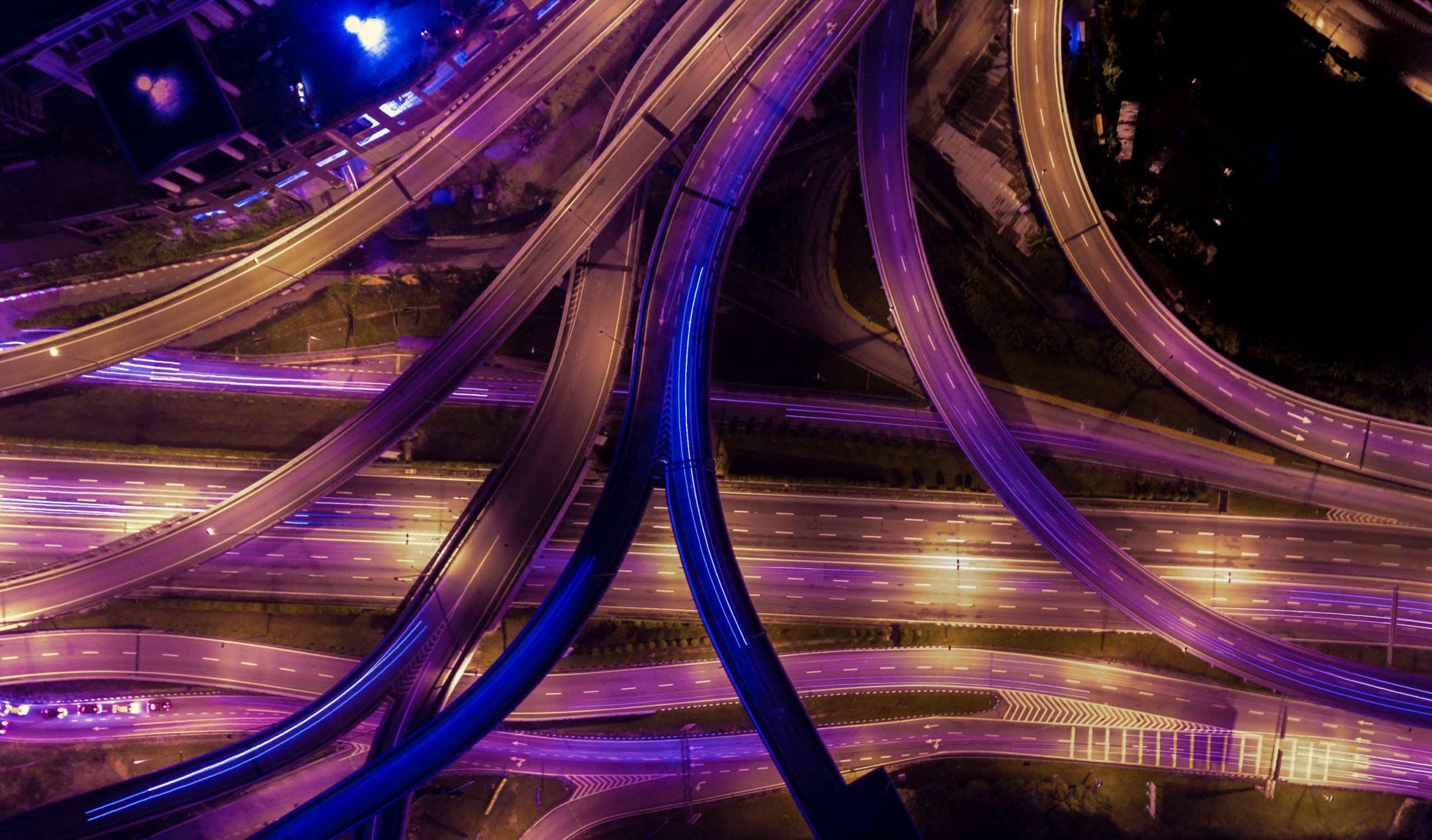The future of mobility – doesn’t that have such a nice ring to it?
If you happen to look up the definition of mobility it is straightforward and simple to understand:
The ability to move or be moved freely and easily.
Also used in a social aspect, the term mobility is often used to convey a message meaning moving up and down socially or more commonly, with transportation. Specifically, transportation in the urban setting.
Moving about from place to place is typically reserved for walking, biking, riding, or driving. Most city dwellers don’t have a large repertoire to choose from unless you count the scooters to rent.
All this to say, what is the future of mobility?
The Future of Mobility
Will there be hyperloop trains (thanks Elon for the idea), flying taxis, and tubes that shoot you to your final destination like a hamster?
While you might feel like you’re reading a script for The Jetsons, the future of mobility is something to keep an eye on. Many changes are already occurring such as the infusion of artificial intelligence into transit systems and cities committing to investments for the future.
Most of the issues right now stem from challenges presented by the green initiative and concern for the future of the world in terms of its environmental state.
A pressing issue for all counties, states, cities, and businesses is the ongoing climate change issues. With the transportation sector being one of the largest contributors to pollution, most of what the future entails for the urban landscape involves a green initiative.
Here are some infrastructure and mobility solutions that will become increasingly more visible and vital in the future of mobility services.
Future Mobility Changes to Look For:
Urban areas in particular are dealing with crowded cities, traffic, congestion, pollution, and countless other issues on a daily basis.
As far as mobility is concerned, getting from point A to point B as fast, safe, and efficiently as possible is vital in addition to the green initiatives.
- Public transportation will see diesel buses get phased out to more futuristic and friendly electric buses.
- Consistent messaging for shared mobility means fewer cars on the road such as car sharing
- Traffic and transit signal priority to create more efficient routes
- Autonomous vehicles aka self-driving cars that will go from starting point to ending point using in-vehicle technology
- Massive changes in the automotive industry and car manufacturers from producing more green and efficient cars to more electric vehicles.
- Emphasis on safety in cities for pedestrians and drivers
- Emergency vehicle response times and preemption solutions
- Alternative forms of mobility services and mobility – not just cars or buses, think alternative forms.
Whether you work in the public transport sector, autonomous vehicle technology field, or the urban landscape you are plenty aware of initiatives for the future of mobility landscapes.
Here at LYT.AI, we are doing our part in the increasingly complex urban mobility landscape by offering world-class solutions when it comes to:



